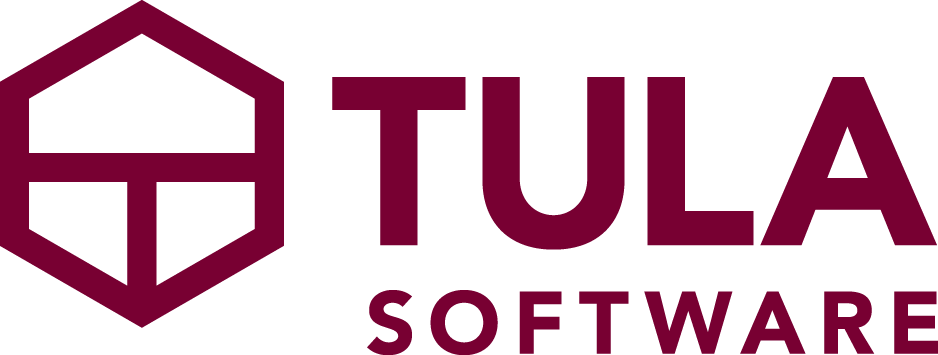{Updated January, 2019}
We write a lot about the various features we offer, how they're designed to help you with your business, and in particular the web and mobile experience you can create. And when I talk with our customers and potential customers, one of the things we most often discuss is the layout and structure of their websites. So I was thinking it would be nice to show some examples of websites we love.
I've never meet the people over at JaiRhythm, but I already feel like I know them through their website. They have awesome HD surf videos highlighting their Soul Surfer class, loads of pictures of their students and their community, and clear pricing accompanied by good copy describing the classes. One of Tula’s earliest customer’s
I love the clean layout, crystal clear navigation, beautiful studio photos and the way in which they leverage all of Tula’s widgets. Their calendar page is perfect and they communicate the warmth and openness of the studio with great writing and friendly photos. Their pricing page clearly outlines a handful of options and they don’t overwhelm students with choices. If you’re looking for website inspiration, definitely check them out.
Okay we’re a little biased here as this is Maile’s studio! With clear navigation, loads of special events, and clear pricing it’s designed with intention and leverages all the current power of Tula Software. With separate pages private appointment bookings, an explainer page for virtual audio attendances, a dedicated account management page and more the site is a “full” site with a lot of pages, but designed with a drill-down menu that makes it easy and clean to navigate.
The home yoga studio of Rachel Brathen, aka yoga_girl on instagram, the site works to instantly bring the visitor into their Aruba location. With big images of their studio, cafe, and studio beach location, you’re quickly drawn to explore more. With a deep menu linking to a number of retreats, events, teacher trainings and more the site does a good job of showcasing both the individual studio as well as the larger offerings provided by Rachel and the other companies and organizations she runs.
With a great landing page that makes it clear their studio is for everyone, they make it easy to jump to view their schedule and intro pack for new visitors. What I love most is their focus on the students. Images of students, testimonials by students, and a site designed and built with the understanding that it’ll be visited by students. I point this out specifically because often the focus of a site can turn to the teachers, which is great, but it’s refreshing to see so much emphasis on the students. And as with all the others, they have a clear menu with an easy path to their calendars, purchase forms and account pages.
If you're looking for ideas and inspiration, check out the sites above. And if you know of any others that you love share them in the comments!

